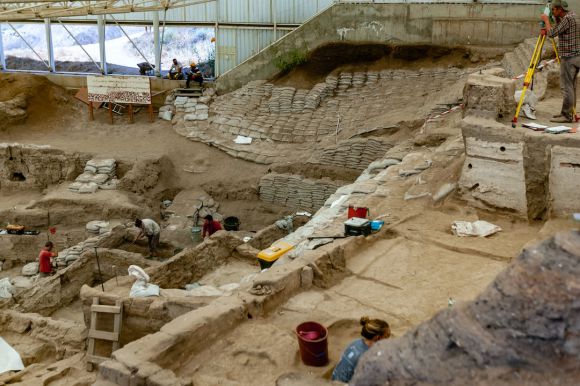Tennessee, with its rich cultural heritage and diverse landscapes, is home to a plethora of ancient archaeological sites waiting to be unearthed. From prehistoric Native American settlements to Civil War battlefields, the state is a treasure trove of historical artifacts and tales. In this article, we will delve into some of the most remarkable archaeological sites in Tennessee, shedding light on the stories they hold and the importance of their preservation.
One such site is the Pinson Mounds State Archaeological Park, located in Madison County. This ancient complex dates back to the Middle Woodland period, around 200-500 AD. Spread across 400 acres, the site boasts 17 mounds, including the impressive Sauls Mound, which stands at 72 feet tall. What makes Pinson Mounds truly fascinating is the intricate network of earthen geometric shapes, believed to have served as ceremonial and burial grounds. The mounds offer a glimpse into the spiritual and cultural practices of the Native American inhabitants of the region, leaving archaeologists and historians awe-inspired.
Moving eastward, we find the Shiloh National Military Park, nestled in the southwestern corner of Tennessee. This site holds significant historical importance as it was the site of one of the bloodiest battles of the American Civil War. The park encompasses the battlefield and the Shiloh Indian Mounds, which predate the war by over a thousand years. These mounds were constructed by the Native American Mississippian culture and served as centers of trade and religious ceremonies. Amidst the remnants of the Civil War and the ancient mounds, one can’t help but feel the weight of history and the sacrifices made on this hallowed ground.
Continuing our journey, we reach the Fernvale Archaeological Site in Williamson County. This site provides insights into the lives of the early inhabitants of Tennessee, specifically the Mississippian people. The Mississippian culture flourished between 900 and 1500 AD and left behind impressive earthen mounds and artifacts. At Fernvale, archaeologists have uncovered evidence of a thriving agricultural society, with evidence of corn cultivation and storage facilities. The artifacts found at the site provide a glimpse into the daily lives and social structures of these early Tennesseans, painting a vivid picture of their rich cultural heritage.
Lastly, we have the Old Stone Fort State Archaeological Park in Coffee County. Despite its name, this site is not a fort but rather a ceremonial gathering place built by Native Americans nearly 2,000 years ago. The fort’s walls, constructed of massive stone slabs, enclose an area of about 50 acres. The purpose of this structure remains a mystery, as no evidence of permanent habitation has been found within the walls. However, the alignment of the walls with the solstices suggests a possible astronomical significance. The Old Stone Fort is a testament to the ingenuity and architectural prowess of its ancient builders, leaving visitors in awe of their engineering marvels.
In conclusion, Tennessee’s archaeological sites offer a glimpse into the rich tapestry of history that shaped the state. From the prehistoric mounds of Pinson to the remnants of the Civil War at Shiloh, these sites hold stories waiting to be discovered. Exploring these archaeological wonders allows us to connect with our past and gain a deeper understanding of the people who came before us. As we unearth these sites, it is crucial to preserve and protect them for future generations, ensuring that their stories continue to be told.





